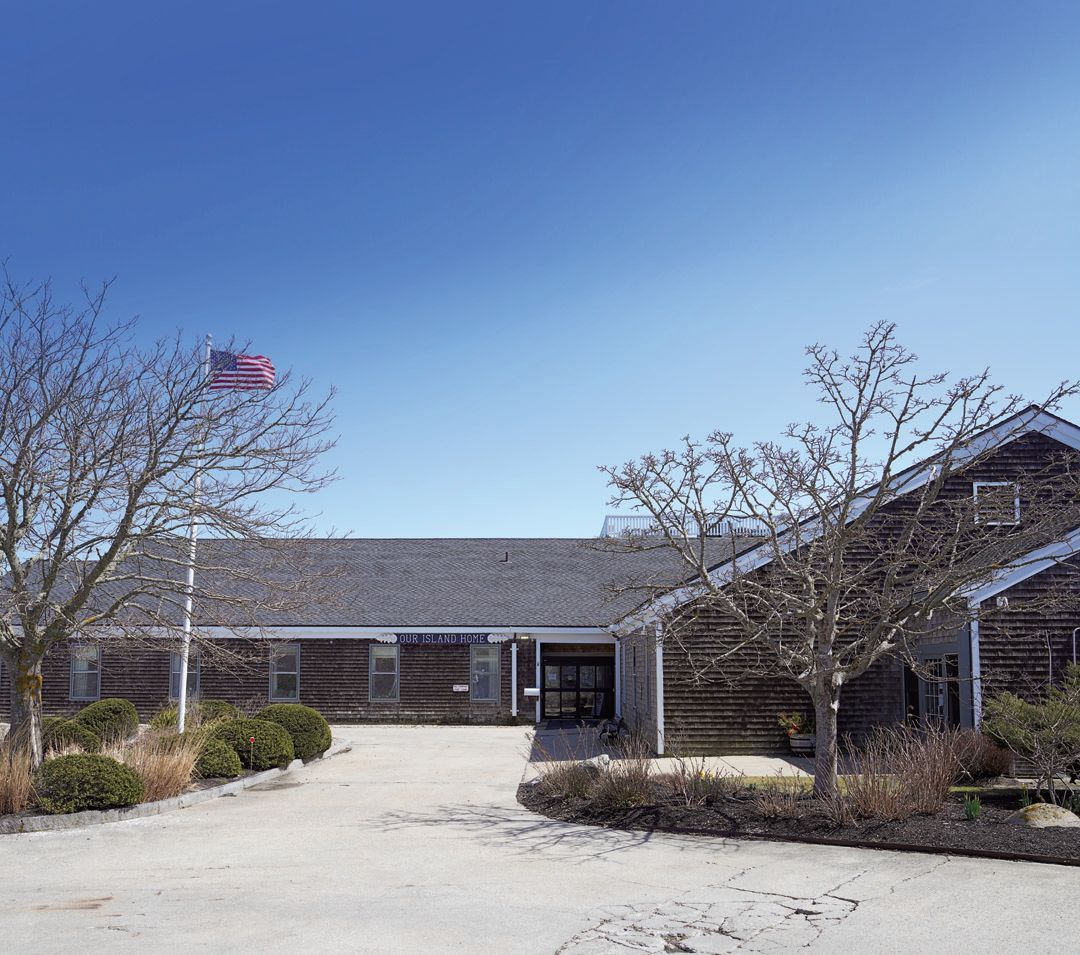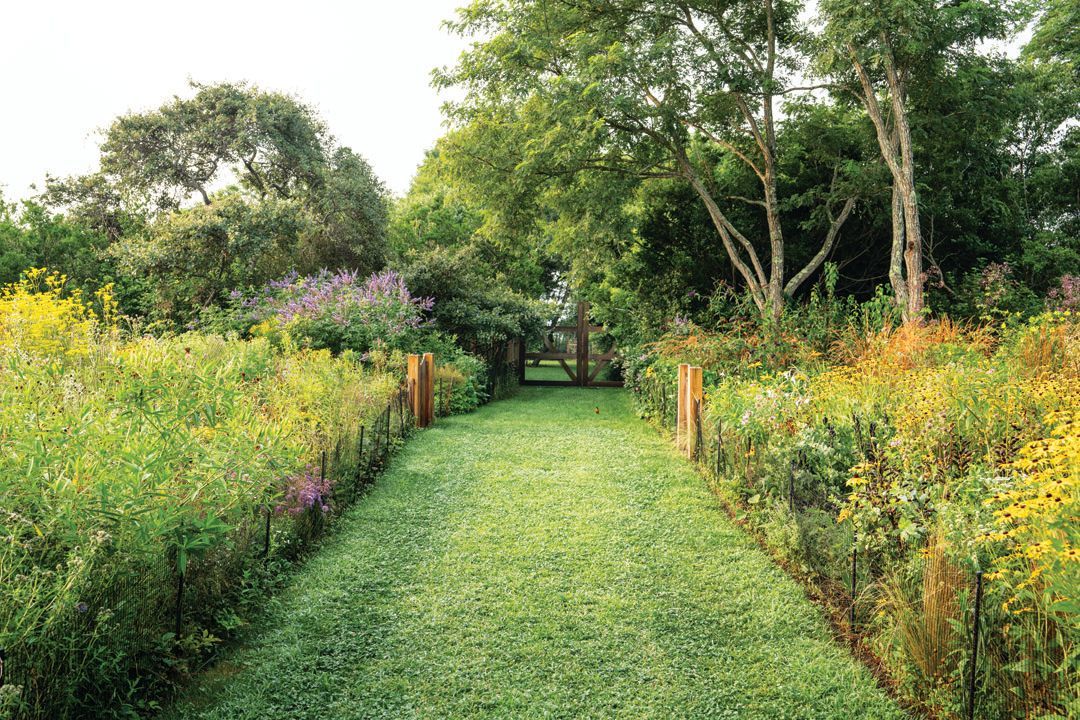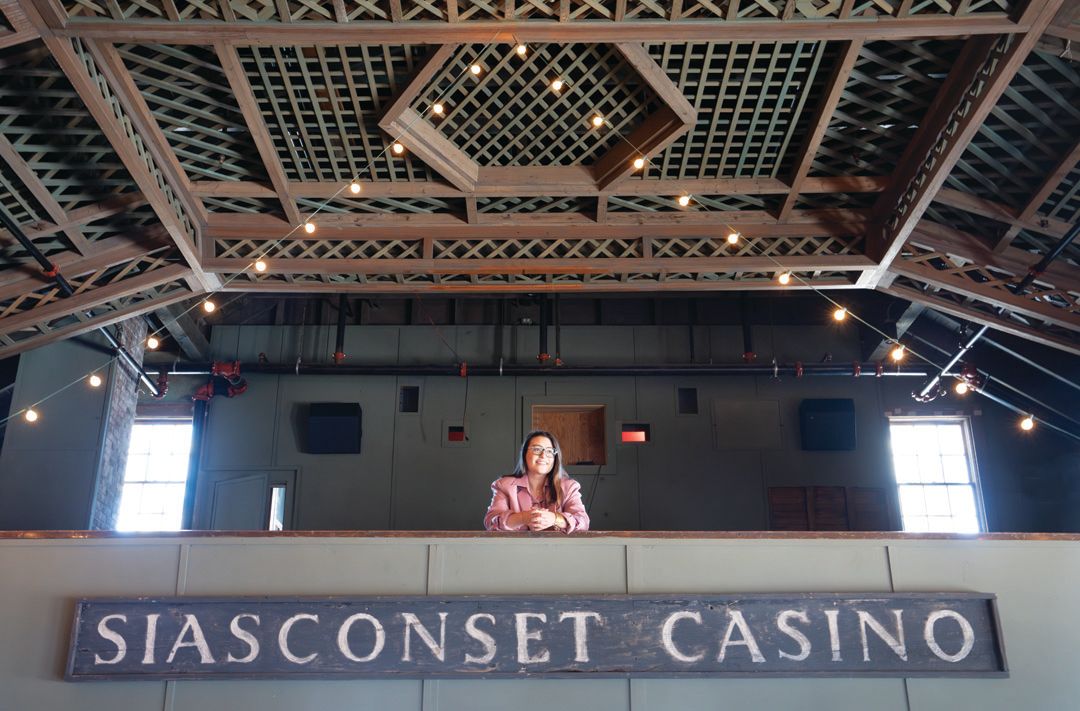BEHIND THE VENEER
How Chris Yates is going against the grain.

Chris Yates is to the wood business what Stradivarius was to the manufacturing of violins. Esoteric yet scientific, artful yet pragmatic, Yates possesses an understanding of wood that borders on the spiritual. The result of his passion is a business that produces some of the most spectacular wood products for the interiors of luxury homes, yachts and even private jets. His business takes him around the world in search of the best wood nature has to offer. On the island, his East Wood Trading Company is known in inner circles as one of the finest preservers of unique wood products anywhere.
It can be difficult to get an appointment with Yates at his East Wood Trading workshop. Typically, potential clients are instead steered toward the mid-island showroom. This luminous Scandinavian-style gallery offers gleaming wood samples and eye-candy color-source materials—chunks of rich ambergris, honey-colored resin chips and Japanese wabisabi finishes touched with smoke, all design deliciousness that will instantly give new meaning to the phrase “so clean you can eat off the floor.”
In fact, Yates is so busy (more than five hundred projects currently planned for this calendar year alone) that he is actively hunted down by people who can’t (or won’t) take no for an answer. Sometimes, he receives uninvited guests from industry professionals who desire access to his top-secret, innovative wood-finishing techniques—some 3,000-plus formulas he has invented over the years, many protected by copyright, most still existing solely in his head.
“We have an app in development…” he muses, perhaps mulling over the fact that he has very little digital footprint—further testimony to the powerful reputation for a level of craftsmanship that has earned him success without the aid of technology, or even a website (a new one is under construction). Standing in his impeccably organized workshop—a Harry Potter-esque apothecary with floor-to-ceiling shelves of meticulously organized bottles, jars and tins full of the naturally sourced liquids, powders and emulsified pigments he uses to create his uniquely beautiful wood finishes—Yates seems somewhat baffled by his own excellence. He attributes it to having “locked himself up” for nearly ten years of obsessive experimentation geared toward the perfection of techniques that have been jealously guarded for centuries by European artisans.
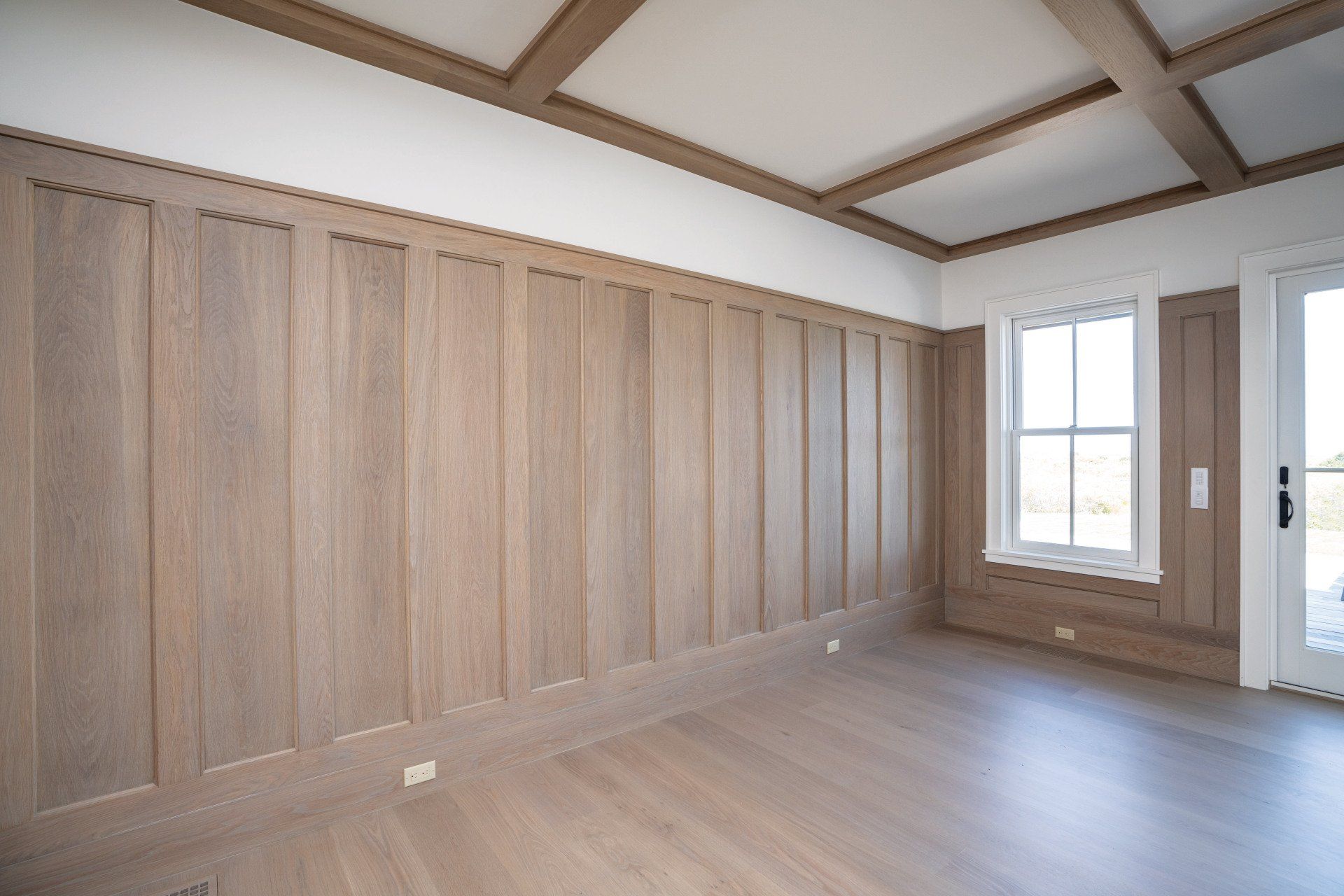
For those of us who think of wood refinishing as the end result of a visit to Lowe’s or Home Depot, or an afternoon spent alone at home with the windows open, rag and noxious jar of Minwax in hand, East Wood Trading offers an elegant alternative—lovingly treated wood that tells the story of a journey through time, from tree to hand-crafted flooring or custom furniture. No off-gassing here, no worries about children playing on a floor that is exposing them to a multitude of carcinogens that seem to slowly and inevitably leach their way into our lives—just durable, uniquely beautiful wood, sustainably sourced and meticulously hand-finished so as to last generations.
It goes without saying that this sort of woodwork is not for the faint of pocketbook. Indeed, Yates protects the identities of his elite clientele much like he protects his secret formulas. “I am a very private person, and I respect the privacy of my customers.” Stacks of nondisclosure agreements notwithstanding, Yates admits to having worked all over the world for an impressive roster of clientele from the sports, tech, entertainment and corporate arenas, with projects ranging from single-family homes to sleek luxury yachts, a paneled library that cost upward of $3 million (for a single room) and detailed restoration work in the Three Bricks on Main Street.

Personally selecting source materials is just one of the ways that Yates ensures a standard of excellence that has earned him a place among the world’s top wood artisans. “We have taken architects, designers and homeowners on trips to select materials from old structures—last year, sunken cypress logs from the Industrial Revolution era on the Gulf Coast. Right now, we are working on a really cool project using a 10,000-year-old bog oak.”
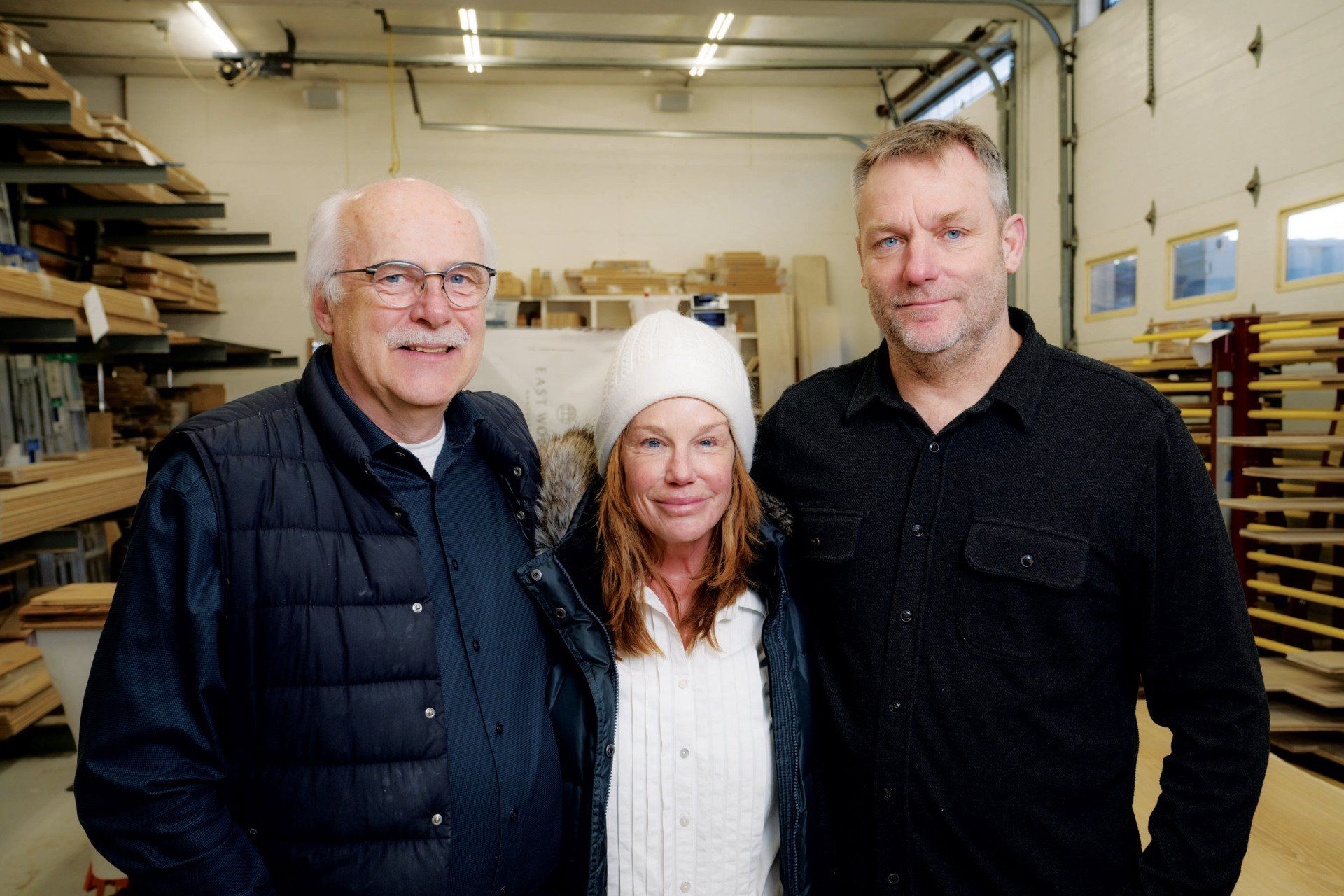
Retracing the footsteps of his grandfather in the Schwarzwald—the mountainous, ancient Black Forest of southwest Germany—Yates discovered the intimate connection between craftsman and source, family history and artistic tradition.
“I’ve walked the Black Forest where my grandfather fought in World War I. He was there with his three brothers fighting in the war, and I was looking for trees—dead standing trees. I was there with a guy by the name of Wolfgang, and we were looking at nature for color and natural materials to make color out of. I will do finish work in Bavaria. We will finish the materials there and bring them back pre-finished, and they will look different than if we were in Switzerland.”
Born in Maryland, Yates, along with his four siblings, grew up splitting wood and driving tractors on a farm near Washington, D.C. But his Nantucket connections go back more than seventy years, and in 1973, his uncle, Tony Yates, founded Yates Gas with his wife, Grace, and family members Linda and Gary. “It was with Linda that I founded East Wood,” Yates says. “We were exclusively focused on reclaiming old structures for reuse. We were searching for very high-quality antique materials from factory buildings and barns—mostly in Pennsylvania, Virginia and Maryland.”
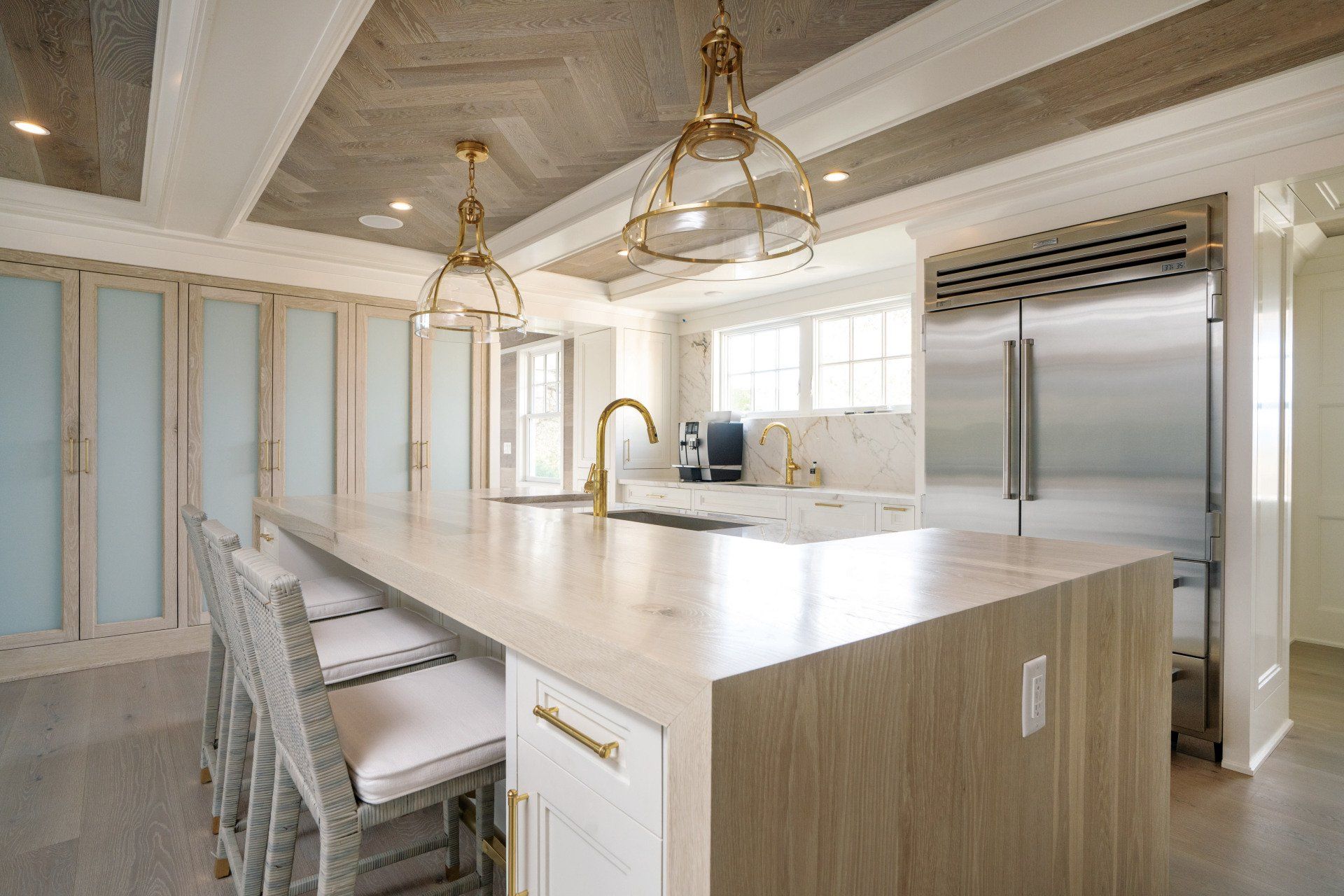
From those early days spent negotiating with the Amish, who did not permit the use of electric machinery in the reclamation process, Yates’ network has expanded all around the world, as has his “fascination with Old World techniques and a more European interest in sustainable practices.” Apparently, Nantucketers are at times as fanatical as the Amish about historic preservation—Yates recently completed a project on West Chester Street where the homeowner also forbade the use of electric tools.
“Ultimately what took me to Europe was to understand finishing—the techniques in the United States were inadequate. Looking at trees and wood on a molecular and cellular level, studying the vascular system of the tree—specifically oak trees—trees that grow in harsh, cold conditions, like on the border of Germany and France, where the tree’s defense mechanisms produce tannins to keep bugs away…[there are] more tannins in stressful conditions, so you are looking for wood you can age…the tannins in the woods create the all-natural finishes.”

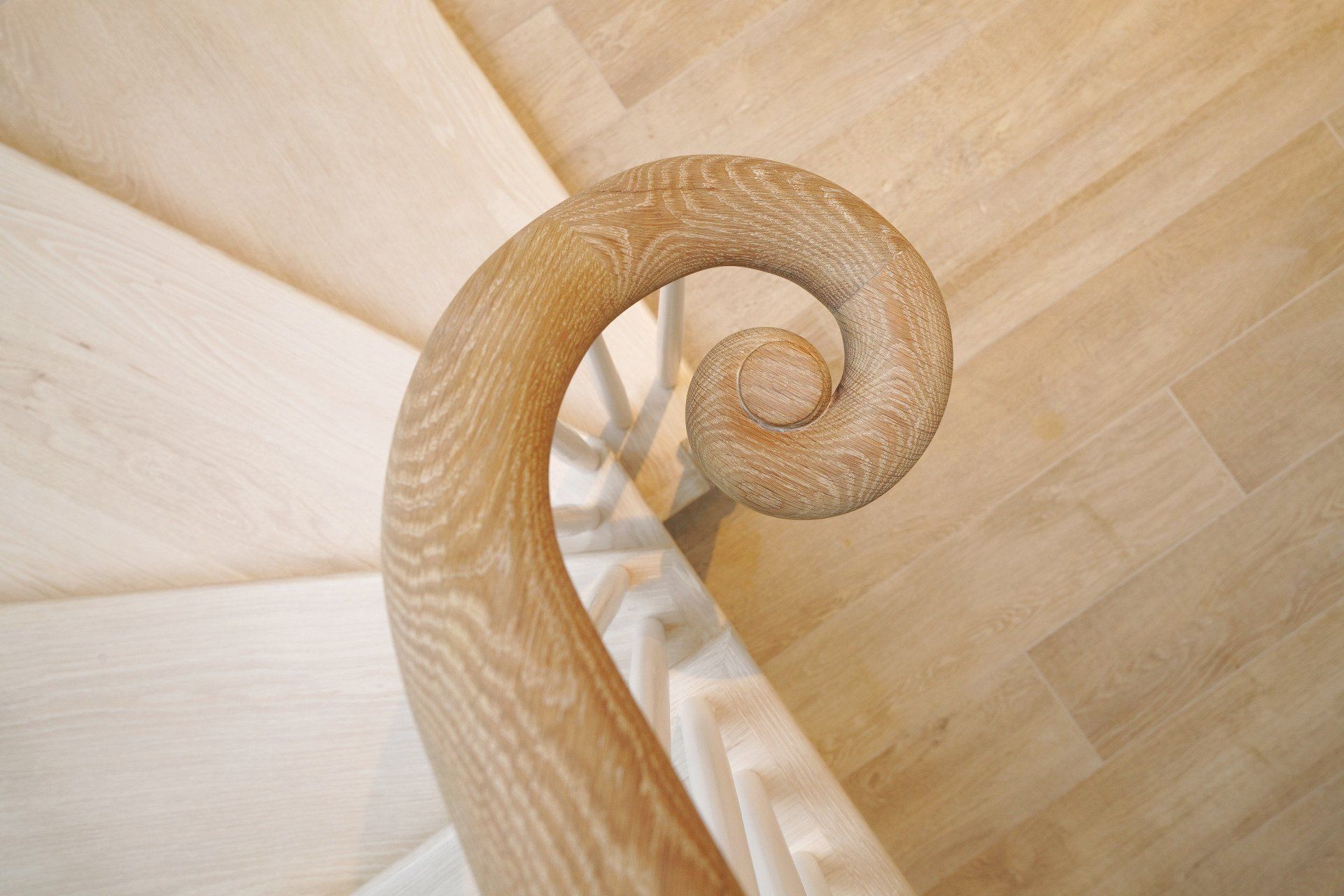
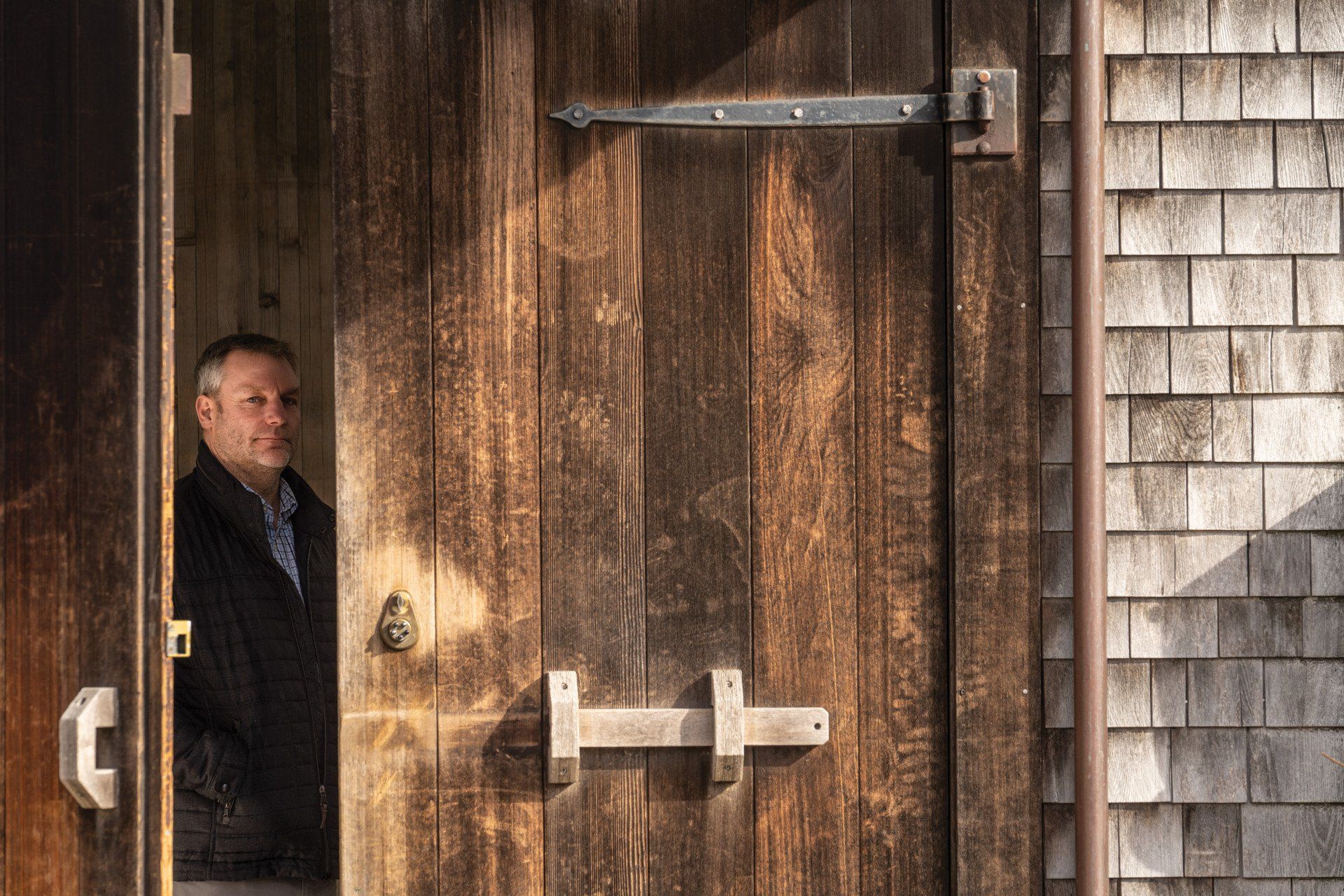
Traveling the world and devoting oneself to the creation of functional beauty—the life of a wood artisan may seem like a proverbial walk in the park. But with the stressful demands of perfectionist clients, the stakes are very high. Yates prefers a more Zen approach. “Wabi-sabi is an order of spiritual values…letting things be as they are. Every single tree is different. Every board is different. You are working with these world-renowned designers and they want the wood to look uniform. A lot of the time you are hiding the scars and the history of the tree. They’ve got these scars, fractures. They crack like our bones, but a designer doesn’t always want to see that.”
For Yates, it’s not about smoothing over the fractures or hiding the scars—as any proponent of the wabi-sabi philosophy knows, the cracks are where the light shines in.



